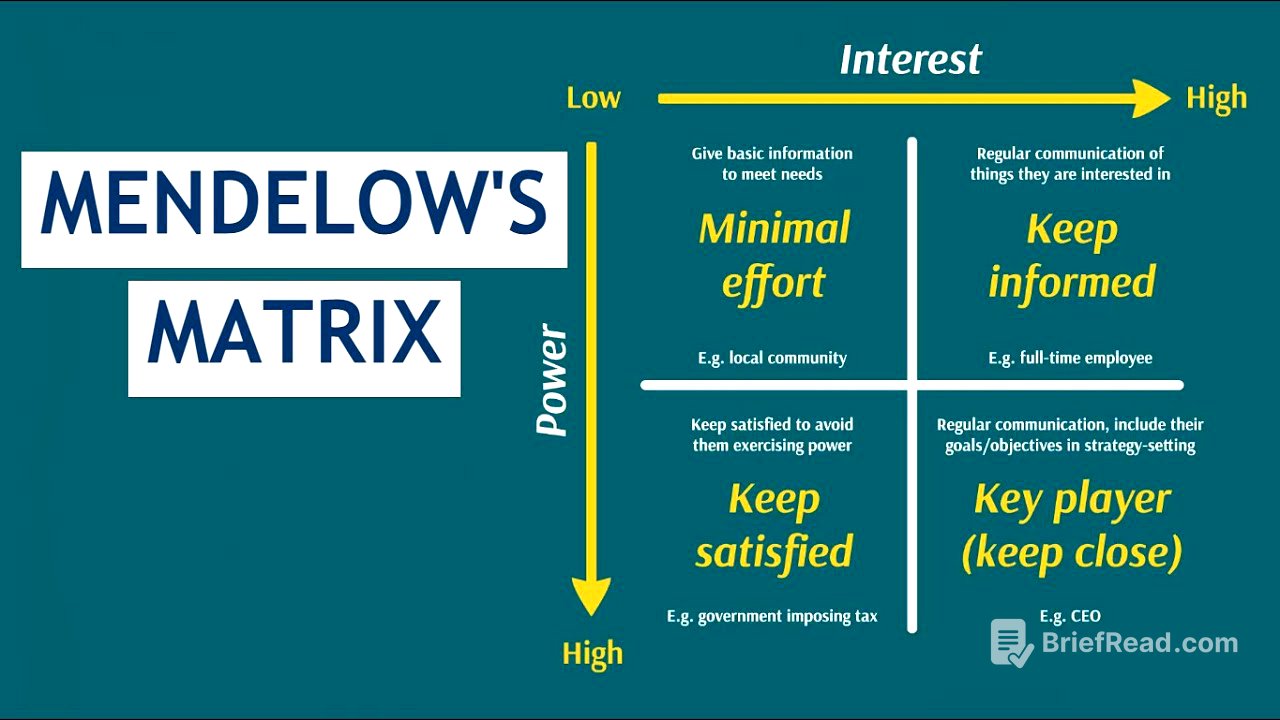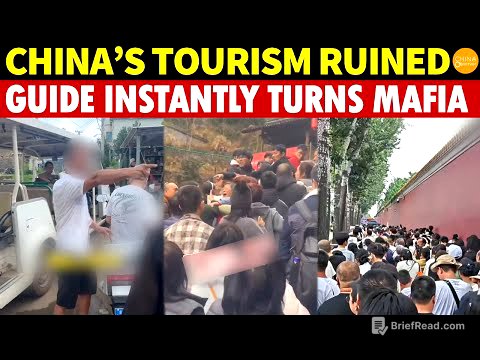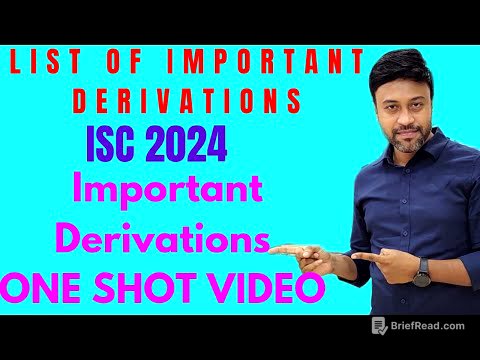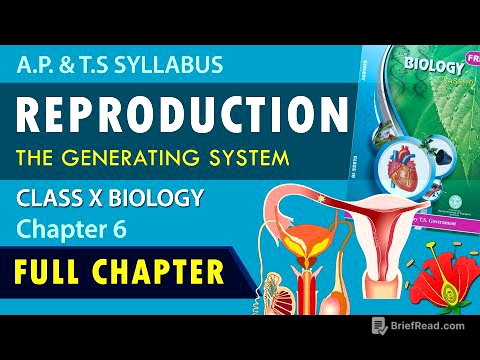TLDR;
This video provides a comprehensive explanation of Mendelow's Matrix, a tool used for stakeholder mapping and management. It explains how to categorise stakeholders based on their power and interest, and how to develop appropriate communication and management strategies for each group. The video uses examples to illustrate the application of the matrix and provides a practical exercise to reinforce understanding.
- Stakeholder power and interest are the two key criteria for categorising stakeholders.
- The four quadrants of the matrix are: Minimal Effort, Keep Informed, Keep Satisfied, and Key Players.
- Communication and management strategies should be tailored to each stakeholder group.
Introduction to Mendelow's Matrix [0:00]
The video introduces Mendelow's Matrix as a crucial tool for SEMA students across all levels. It highlights the importance of understanding stakeholder power, which is the degree to which a stakeholder can influence an organisation. Stakeholders, such as directors, can shape an organisation's strategy, and their needs are considered based on their level of power. Powerful groups tend to have their needs addressed before less powerful ones. For example, large customers have significant power due to their purchasing volume, while smaller customers have less power and can be easily replaced.
Understanding Stakeholder Power [0:28]
Stakeholder power is defined as the ability of a stakeholder to affect and influence an organisation. The degree to which stakeholder needs are considered depends on their power over the organisation. For instance, senior teachers and governors in a school hold more power than a dinner lady due to their ability to affect policy. The needs of those with higher power are prioritised over those with less power.
Stakeholder Mapping with Mendelow's Matrix [3:22]
Stakeholder mapping involves considering the power stakeholders have over an organisation to manage relationships effectively. Mendelow's Matrix plots stakeholders based on their power (low to high) and interest (low to high). The matrix consists of four quadrants: Minimal Effort, Keep Informed, Keep Satisfied, and Key Player. The goal is to map out strategies for organisations to manage different stakeholder groups effectively. Stakeholder power is the ability to influence an organisation and affect its decision-making, while stakeholder interest is how much interest the stakeholder has in the organisation.
Minimal Effort: Low Interest, Low Power [6:16]
The "Minimal Effort" quadrant includes stakeholders with low interest and low power in the business. An example is the local community, which generally has little interest in the business's policies and procedures unless the business takes actions that directly affect them, such as building a new production facility in a residential area. The strategy for this group is to provide basic information to meet their needs and prevent escalation of issues. For example, informing the community about building works to avoid conflict and gain support.
Keep Informed: High Interest, Low Power [8:45]
The "Keep Informed" quadrant includes stakeholders with high interest but low power. Full-time employees are a good example, as they are highly interested in the company's policies, procedures, and pay because it directly affects them. Organisations should regularly communicate with these stakeholders, especially about matters of interest, such as redundancy programmes. Regular communication helps maintain loyalty and motivation and prevents employees from seeking to increase their power through unionisation or other means.
Keep Satisfied: High Power, Low Interest [11:40]
The "Keep Satisfied" quadrant includes stakeholders with high power but low interest. The government is a prime example, as it has the power to impose laws, rules, and taxes but generally has low interest in the day-to-day operations of an individual organisation. To avoid the government exercising its power, organisations should keep them satisfied by paying taxes on time, abiding by the law, and providing necessary information.
Key Players: High Power, High Interest [13:28]
The "Key Players" quadrant includes stakeholders with high power and high interest. A CEO is a key player because they can shape strategy and have a vested interest in the organisation's success. Key players must be kept close, with regular communication and inclusion of their goals and objectives in the organisation's strategy-setting process. Dissatisfying key players can lead to them using their power to change the organisation's direction.
Applying Mendelow's Matrix: Bob's Cafe Example [16:04]
The video provides an example of Bob's local chain of cafes to illustrate how to apply Mendelow's Matrix. The stakeholders are categorised as follows:
- Saturday Help: Low power, low interest (Minimal Effort)
- Full-Time Staff: Low power, high interest (Keep Informed)
- Food Service Regulator: High power, low interest (Keep Satisfied)
- Bob (Sole Shareholder): High power, high interest (Key Player)
This example demonstrates that stakeholder placement depends on the specific organisation and situation.









